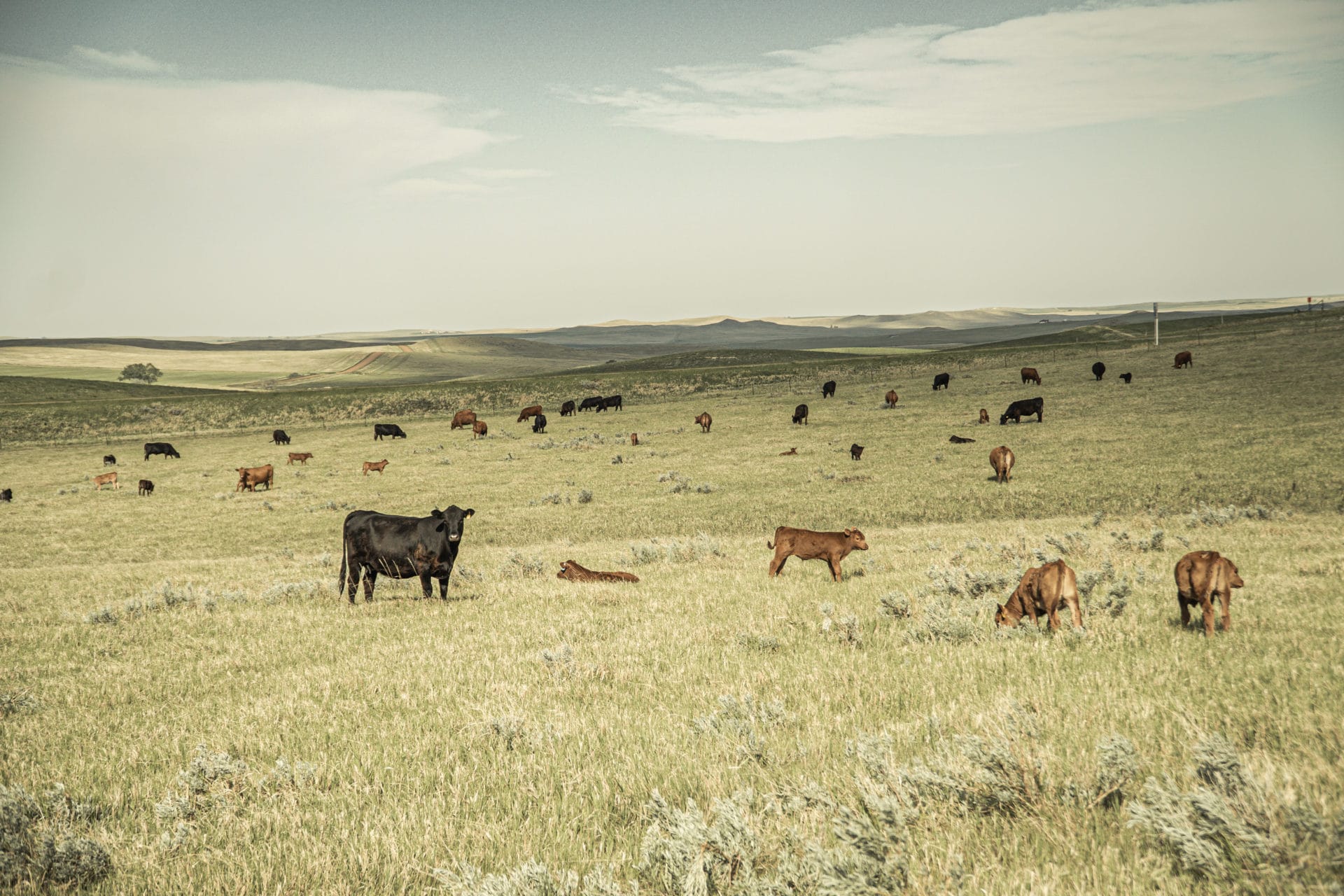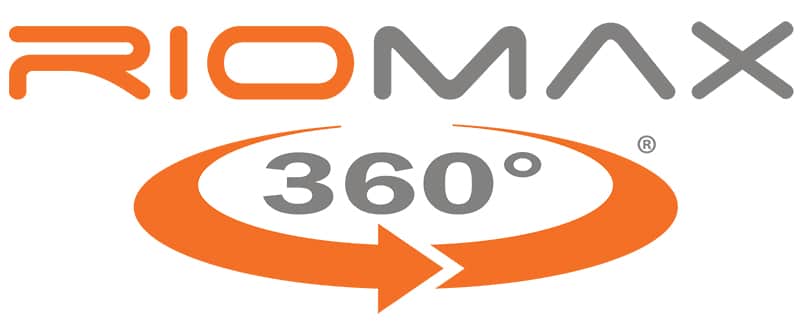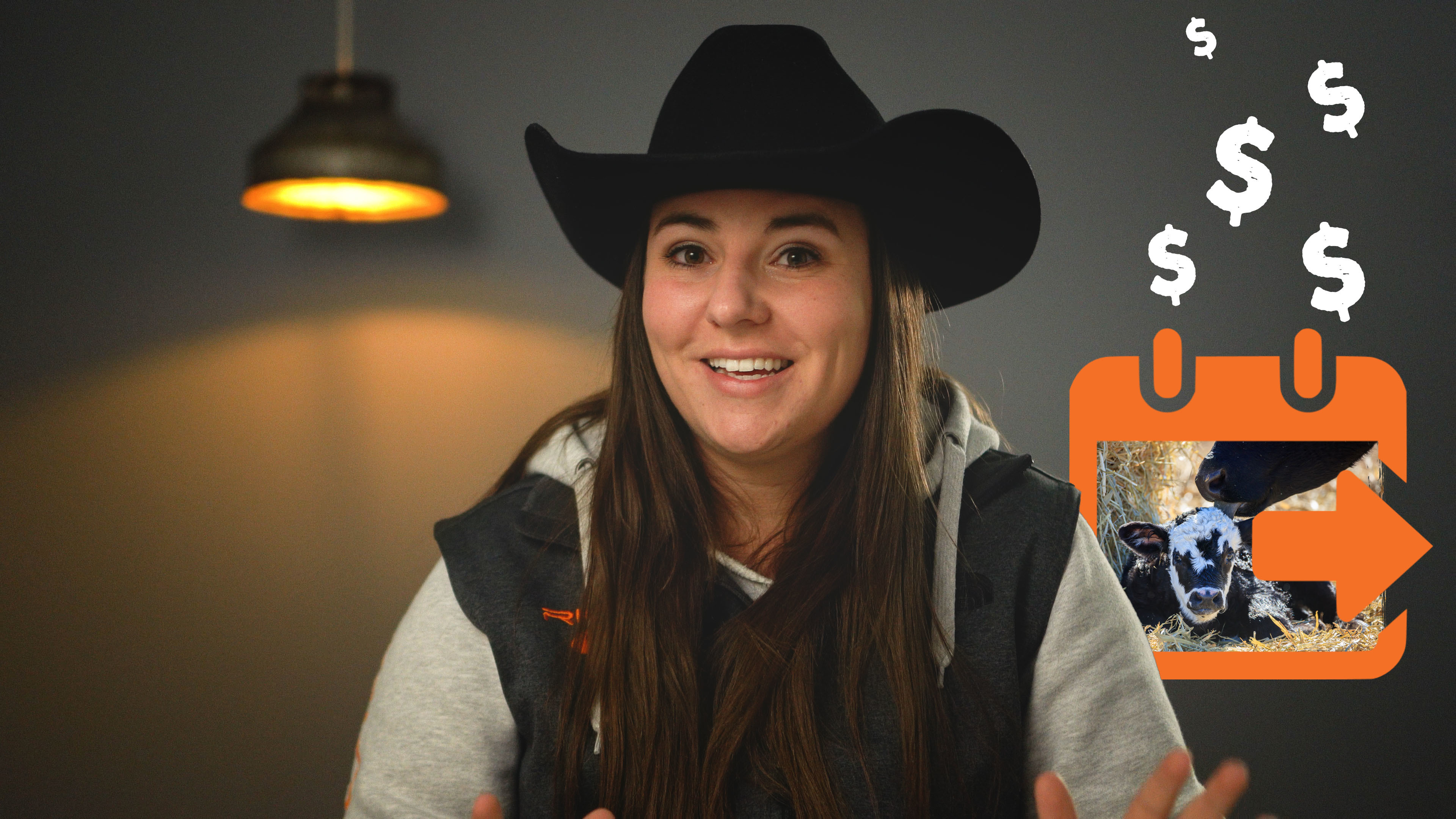Last updated on October 5th, 2023 at 02:51 pm
4 MINUTE VIDEO ON ANALYZING YOUR CALVING DATE
Does your ranching operation calve out in the spring? The fall? Maybe somewhere in between? You’ve probably been ranching for multiple years, and may have a good reason for calving at the time you do.
But what if re-analyzing your calving date could prove to be helpful, easier, and maybe even more profitable? What if you could boost calving performance, simply by changing your calving date?
There are a couple of initial questions to ask yourself.
- Where are you located geographically?
- What month do you plan to calve in currently?
- What are the weather conditions like where you live at your calving date?
If you live in the Midwest, or even out west further in Montana, Wyoming, or Colorado, you probably deal with heavy snow, below freezing temps, and high winds. It may seem normal; these are issues you just have to deal with during calving. But have you ever wondered what it would be like if you didn’t have to worry about these environmental facors?
Cold weather and precipitation are likely to invite calf sickness and other calf health, strength, and growth issues when they hit the ground. Death loss is likely higher in environments with harsh weather conditions.
The South may not experience the cold as much, but it doesn’t mean they don’t have their own environmental factors to deal with. If you calve in extreme heat, you may deal with cow and calf stress, which can also result in weak immune systems and sickness.
What If... You Changed Your Calving Date?
Changing your calving date may seem like an extreme measure to take. Some ranchers say that changing their calving date will change the value of their calves too much. But have you ever took the time to work it out for your own specific operation?
What does your market look like? Where would you sell? When would you sell? We challenge you to compare the seasons you could calve in, and analyze what your return on investment could look like! It wouldn’t have to be a drastic change either - it could be just enough of a change to get out of the extreme temperatures and weather elements.
One market report in South Dakota compared calving in March and April (selling in December) versus calving in June and July (selling in February). Believe it or not, the dollars per pound on the calves that sold were identical, or very close.
To bring your death loss from 5% down to 1% simply because you were able to move your calving date into a milder timeframe could result in a higher profit per animal than if you kept your calving date during an extreme weather time of year.
If you weigh the pros and cons and find that you won’t lose out on price per pound, it’s a win! By reducing calf sickness and treats, death loss, plus your own time and labor, you may just come out ahead with a few more dollars on your bottom line!
A Hypothetical Situation
Picture a ranch with 300 head.
If they switch their calving date from March to June, are able to reduce calf sickness, treat just 3% of their calves instead of 10%, that’s 21 fewer calves to treat. Ultimately, that’s less labor, decreased med costs, and 21 animals that will gain more efficiently.
Plus, if they went from 5% death loss to 1%, that's an additional 12 calves on the ground for the sale!

Find Unique Ways To Make Your Ranch More Profitable
If you’re able to find a way to change your calving date to a time that prevents sickness and treats, it can have a long term effect. When calves start out healthy and strong, they will grow and perform much better throughout the rest of their lifetime.
If changing your calving date is something you plan to consider, it is important to look at the big picture. As we always say, make big ranch decisions from a holistic point of view. If you did move your calving date to a month with milder weather, what time of year would you need to breed in? And what would your weaning time frame look like? In the case that you did adjust your calving date, but it caused your breeding timeframe to be at a harsh time of year, you may see lower conception rates. At the end of the day, if your cows don’t get bred, you’re not even going to have calves on the ground.
It’s not an easy or a quick decision. But it is something that we’d suggest analyzing on your operation. What time of year is going to make the most sense to help build that profit margin for your bottom line?
No doubt, every ranch is different. We’re not here to say that switching your calving date is the ticket to improve calving success and calf health. But, if it worked out on your operation and allowed you to have more profit per animal, it may be worth a try!



